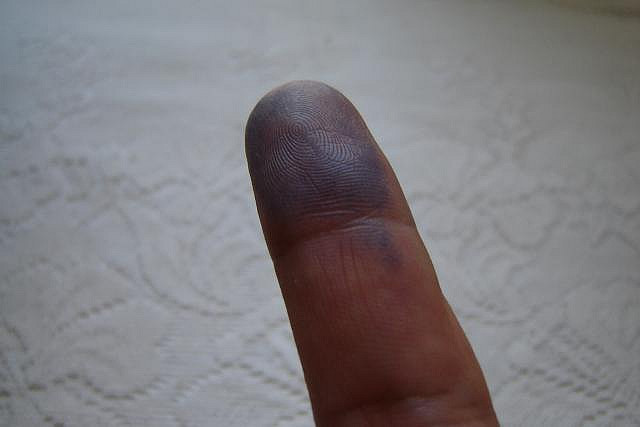A Question
by Yaghoub Yadali translated by Parvaneh Torkamani / March 25, 2015 / No comments
Americans may see similarities between the rival political party of Iran and those of their own country.

Last month, through a friend’s invitation, I attended a book club meeting where all the members had read and were discussing the English translation of my novel, Rituals of Restlessness. The attendees were university professors and physicians, educated Americans, and this was the first time that I was present in a group where everyone had read the novel. Although none of the participants were experts in literature or storytelling, as an audience they talked in an interesting way about the techniques used in the book. During the meeting, they asked me about the book and an enjoyable discussion took place between us. One question in particular attracted my attention, and I thought about it for a few days after the meeting. One of the participants had asked about the social conditions in Iran during the time Rituals of Restlessness was published.

- “Enemy…terrorism…nuclear bomb…war.” These words are often used by American media to describe Iran. The image the media presents is often hazy, incomplete, and distorted. The political and military aspects of my country are covered mainly in a negative light.
- In Under Eastern Eyes (I have adopted the name from the novel Under Western Eyes by Joseph Conrad), I will write about those topics which American media either cannot or does not want to talk about. The emphasis will be on social and cultural aspects of Iran although, out of necessity, I will talk about politics, despite my despair.

- Yaghoub Yadali, born in 1970, is a writer and television director. His first work of fiction, the short-story collection Sketches in the Garden, was published in 1997. It was followed in 2001 by Probability of Merriment and Mooning, which was named book of the year by the Writers and Critics Award. His first novel, The Rituals of Restlessness, won the 2004 Golshiri Foundation Award for the best novel of the year and was named as one of the ten best novels of the decade by the Press Critics Award. He has also published many articles and reviews of literature and cinema in newspapers and magazines in Iran.
In response, I talked about the political and social conditions in the last twenty years in Iran. In short, I said that the conditions change with the president, and that there is a difference between cultural and political conditions. Then, I tried to explain two major political currents in Iran: the Reformists and the Conservatives. The person who asked the question listened very carefully to my answer and then slyly said: “The way you talked about the Iranian political system and the difference between governments and their operations, I thought you were talking about the United States.” My explanations were strange to him and due to lack of time I did not have the opportunity to give an example and explain that the two Iranian political parties rivaling for control of the presidency are, in form but not in content, similar to the contentions between the Democratic and Republican parties in the United States.
During the Iranian elections, rivalries are very close and very competitive. The victorious side implements its own policies for four years, often in direct opposition to the other party. The point is that there is a palpable difference between the two points of view. For example, from 1997 to 2005, when Mohammad Khatami was president for two terms, he tried to open the political atmosphere and engage the opposition. When Mahmoud Ahmadinejad, who was someone conservative and reactionary, became president in 2005, he immediately closed the political atmosphere for the next eight years. Under Khatami, many books and newspapers were freely published. Under Ahmadinejad, many books and newspapers were banned and censored from publication.
In the current Rouhani administration, which is trying neither to be conservative nor reformist but something in between, there is an effort to open the cultural atmosphere for writers and artists. In the meantime, the Ministry of Culture has allowed the publication of some banned books and films. For example, the movie Tales, made by Rakhshan Bani Etemad and banned under Ahmadinejad, was shown in Iran last year. It circulated through the international festivals and competed for the Golden Lion at the Venice International Film Festival in 2014, where it was awarded Best Screenplay. In the last few months, two books by Reza Baraheni, a famous Iranian author living in Canada, were published in Iran. Under Ahmadinejad’s administration, they were banned. Recently I talked to an Iranian friend who received permission to publish his book. He was very happy and said that he was not sure that he would have received a permit if he had tried to publish the same book under the previous government.
These few examples demonstrate how much the approach of the reformist and conservative governments differ from each other. Iranian citizens feel this difference in the same way US citizens feel the difference between Democratic and Republican governments. Of course, one must mention that there are significant differences in political systems of the two countries, but this is one aspect in which they are similar in form and not in content.




